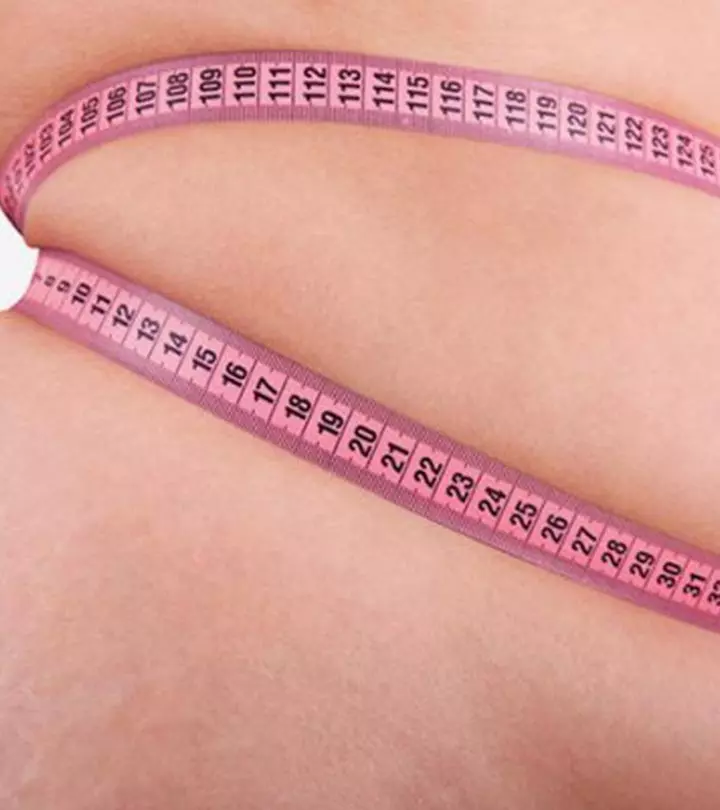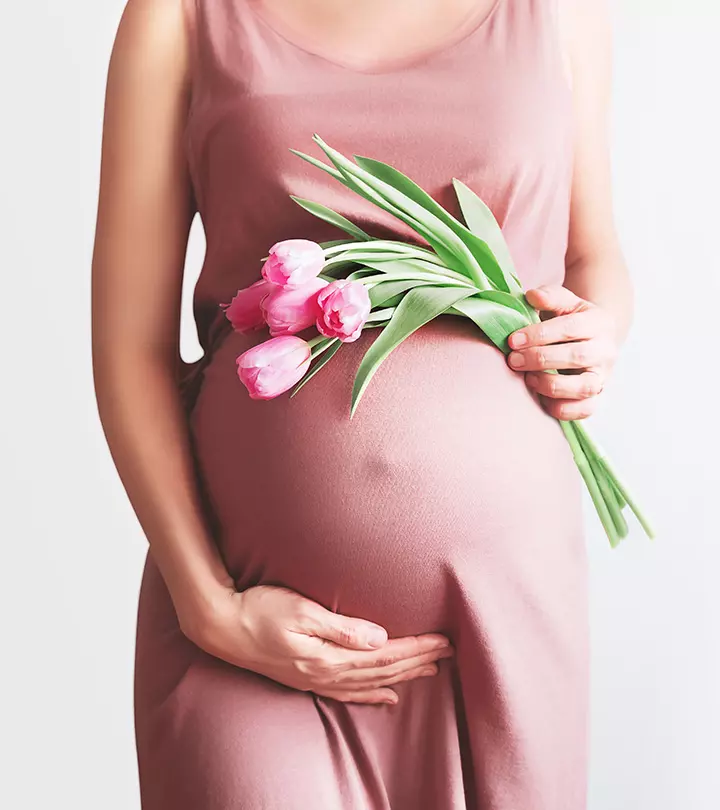

Image: ShutterStock
In Medieval Europe, it was widely believed that women with big hips were more likely to bear children, that too with ease. The tradition lives on today. In various cultures, a woman’s fertility is gauged by her pelvic size. And even doctors get in on the act, by making remarks that your hips are too narrow for a vaginal birth! All it does is scare, the already scared you.

And, that’s not it. There is a further onslaught of medical technology, which you thought was too accurate to swear by. But you need to know that your ultrasound sittings could inaccurately predict your baby’s weight, and the doctor may rush you into a caesarean even if your baby is rather normal. Apparently there is some psychological play on the doctor’s mind too – your size gives him an impression of whether your labor will progress at all. So, he might end up misdiagnosing your pregnancy as a non-progressive labor case.
It is quite the contrast to what a medically unadvised Pygmy mother in Africa could do. An 80-pound Pygmy woman can typically give birth to an eight-pound baby. Now imagine a modern 130-pound woman pushing out a 13-pound baby. Is it humanly possible? We have heard about women who have produced 13, 14 or 15-pound babies as well, although rarely. But yes, it makes us think that there is something more than the numbers that determine birth, it’s not just your pelvis.
The modern lifestyle has had quite an impact on the women and their capacity to birth now. There is a rather noticeable association between how well a woman is nourished and the ease of birth. Apparently, most women suffered from nutritional deficiencies and illnesses such as polio or rickets that caused pelvic anomalies, therefore, leading to loss of life in the birthing process. However the standard of living has risen since then, and most of those diseases have been overcome. But still there is an alarmingly large population of women with Vitamin D deficiency which could alter a young girl’s pelvic formation and which could affect labor in the future. An optimal pelvic formation is identified with a round opening, but those with a less optimal pelvic formation could have an oval opening. Again, it may not apply to all the women. But it calls for the need for all women to nourish themselves well even before they conceive and feed their daughters well right from the formative years. In fact, how well you are nourished in the formative years could contribute to a successful vaginal delivery. So, all you diet-mongers out there, watch out for how being on a diet could have a negative influence on you in the long run.
However, there is some good news about your pelvis. Firstly, your pelvis is a fairly flexible girdle with joints. The hormone called relaxin that your body produces during pregnancy helps loosen these joints and help them open up during birthing. Your baby’s head which is also a flexible structure with joints could be molded or compressed with the plates of the skull overlapping while making an exit from the mother’s body.
It could also explain how many women who fall under the definition of ‘less than ideal’ pelvic girdle have successful vaginal births despite a total cephalopelvic disproportion, i.e., that is to say, a woman has extremely small pelvis to give birth, go on to have a vaginal birth. At least 68 percent of such women recorded a normal delivery.
So if you hear your mom or other women nagging you to eat and eat, you must know they have a more concrete reason behind pestering you to dig into foods. The idea is to be well-nourished and stay fit at the same time. Birthing can be a very challenging process, but a well-nourished woman can wade through it with comparative ease. If you are indeed hoping for a vaginal delivery, then eating well is the way forward to it.
Community Experiences
Join the conversation and become a part of our nurturing community! Share your stories, experiences, and insights to connect with fellow parents.












